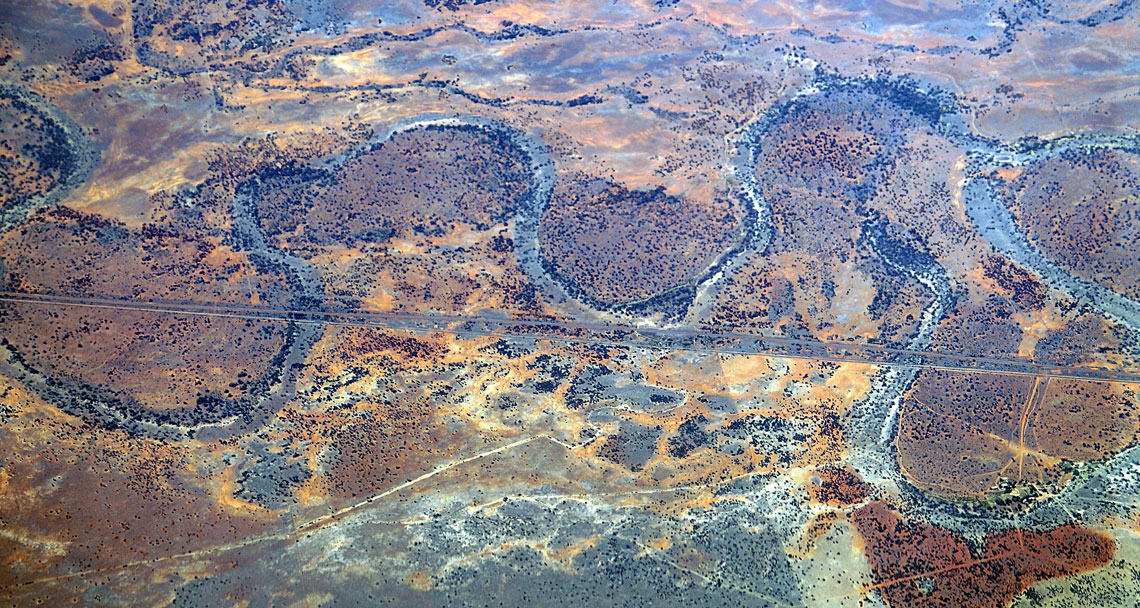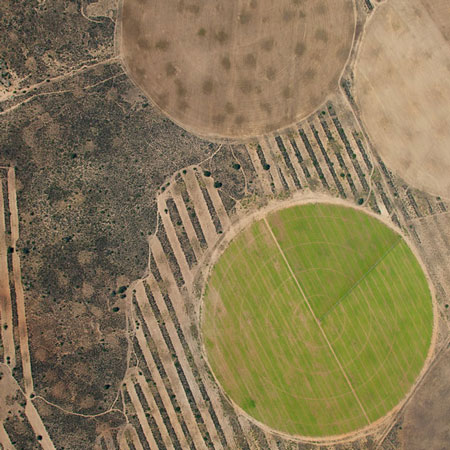Guided by diverse regulation and ever more divisive competition, water availability is at a tipping point. These four cases show how water, or lack thereof, impacts on property investment
Australia: the Murray-Darling Basin
Australia’s Murray-Darling Basin covers an area twice that of Spain and supports a A$24 billion agricultural industry. Over 9,000 irrigated farm businesses depend on the basin’s water resources, but as the cumulative effects of one of the worst droughts in history reveal deep issues in the management of the Murray-Darling Basin Plan (MDBP), calls for significant reform are mounting.
Demand for water has increased as the Government’s required environmental water flows compete with an expansion of corporate institutions investing in high-value irrigated crops, such as nuts, fruits and cotton. This gradual structural change has collided with severe water shortages and reducing allocations, driving spot market water prices beyond productive and affordable values for the majority.
Arguably, the market is functioning as it was intended, with water flowing to its highest-value use and it is likely many supply issues will be washed away by decent rainfall until the next prolonged drought. But MDBP management must ensure long-term protection for one of Australia’s greatest assets and the millions of people that depend on it.
USA: sustainability in California
California produces more than one-third of US vegetables and two-thirds of its fruits and nuts. It contributes 13% of total US agricultural value from 16.7 million acres, half of which are irrigated.
Over the past few decades, agricultural production has shifted from traditional field crops to higher-value but water-demanding crops, such as dairy, fruit and nuts.
Surface water irrigation regulation has existed in California for over 100 years, but extraction of underground water reserves remained at the discretion of landowners and their wallets. By drilling more wells and lowering existing wells, irrigators extracted water volumes far in excess of replenishment, causing land subsidence and contaminated drinking water for close to one million Californians.
Aquifer regulation is now being implemented as the state reached breaking point following its latest prolonged drought. The Sustainable Groundwater Management Act of 2014 reaches a key deadline in 2020 as agencies complete initial plans to overhaul regulation of water resources. The act aims to ensure California’s water basins are sustainable, but it does so by drastically reducing extraction rates, leaving crucial food production and related land-based assets in a precarious position.
Spain: water deficit in Almería
Almería has more than 30,000 hectares of greenhouses producing three million tonnes of fresh produce each year, 76% of which is exported. This expanse of plastic greenhouses is so huge it is visible from space and has changed the local climate.
But Almería finds itself in a grey zone with water consumption. Controlled environment agriculture (CEA) is known to be more water efficient than open-field methods. But production is so intense that each hectare still consumes 5,000 cubic metres of water – 80% of which comes from the subsoil. The annual deficit is equivalent to 68,000 Olympic-sized swimming pools.
Despite efforts to recycle water, there is simply not enough to quench Almería’s thirst. The province is therefore looking to alternative sources, including energy intensive desalination.
India: restoring levels in Chennai
Chennai’s 11 million people get their water from four main reservoirs. In 2019, they ran dry. Citizens had to draw water from wells, further straining groundwater resources. Trains carried millions of litres of water in from surrounding areas to help the city survive, despite devastating floods less than four years earlier.
Chennai’s water supply management has been severely criticised. Much of the flood water from 2015 flowed into the sea and failed to replenish groundwater levels. Those levels have fallen by 85% in the last decade and Chennai is expected to run out of groundwater as soon as 2021.
Key to Chennai’s fate is developing its water infrastructure, including restoring more than 210 lakes, enforcement of compulsory rainwater harvesting, and investing in improvements to localised water-processing systems through new financial models.
What water stress means for development
Water availability holds influence over food security. Its impact on the development sector is equally significant though perhaps less plain to see.
Secure water supply may no longer be assumed by developers. Volatile climate patterns are proving to be highly disruptive, a factor worsened by increasing demand and unsustainable withdrawal. Cities, such as Chennai, Harare, Cape Town and São Paulo, have seen taps run dry. Securing water supply is rising up the agenda of almost all settlements around the world, bringing stricter regulations around consumption.
Responsibility for the downstream consequences of developments are being placed firmly in the lap of those that created them. Settlements result in nutrient input (principally nitrogen and phosphates) into the water supply. This pollution and eutrophication reduces water quality, causing environmental concerns. Authorities are responding with regulation to enforce nitrate neutrality, impeding future developments.
Settlements are at the precipice, where water supply must be secured. It is possible to step back from this tipping point but it must be done in an urgent yet holistic manner.
Joe Lloyd, Research Analyst, UK Rural Research, Savills




